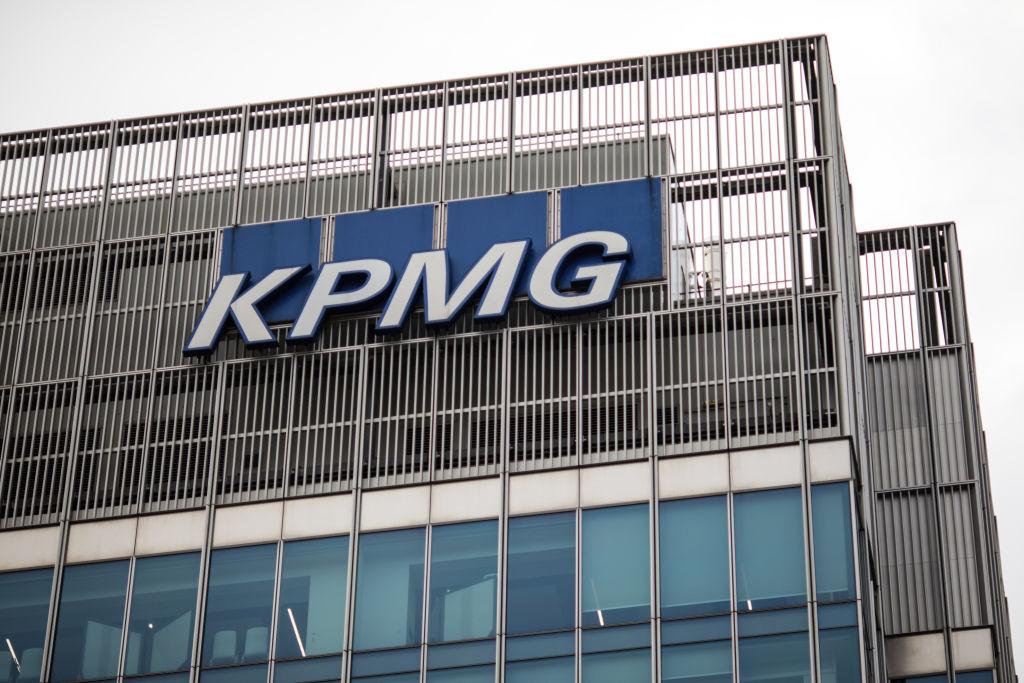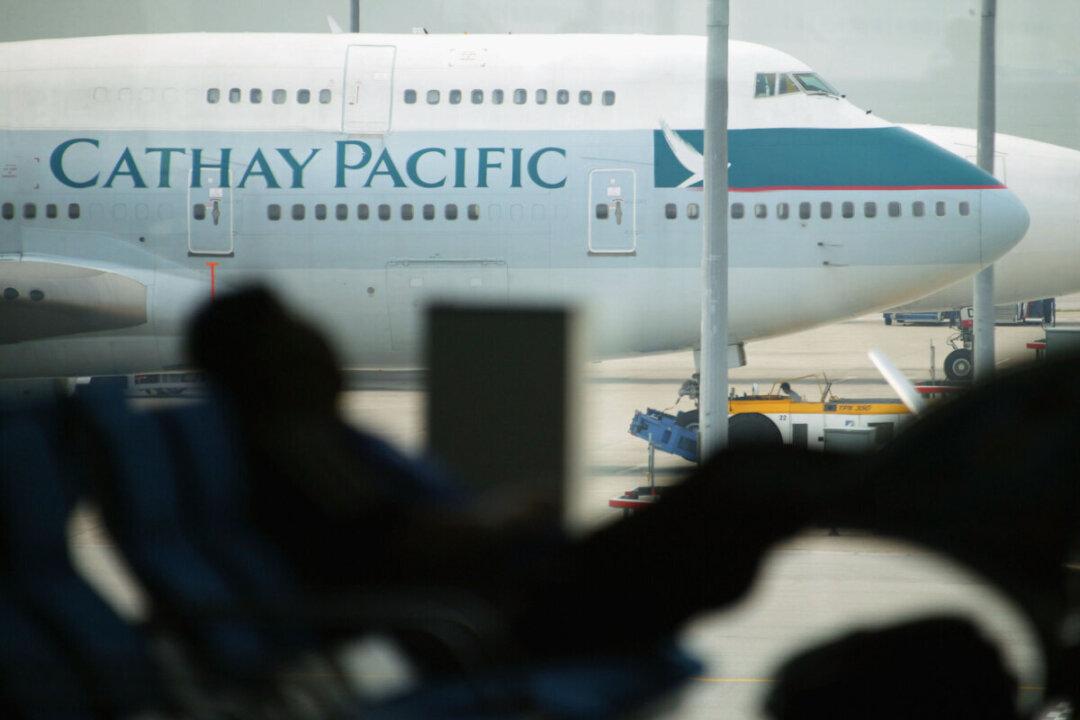Australia’s life insurance industry saw a remarkable upswing in profits, doubling to $1.2 billion (US$758 million) in the fiscal year ending on June 30, 2023, according to KPMG’s annual market review.
Premiums for individual-advised disability income life policies witnessed a substantial increase of 10 percent to 12 percent. This continued upward trend aligns with previous years as insurers strive to offset losses and enhance profitability, KPMG said.




